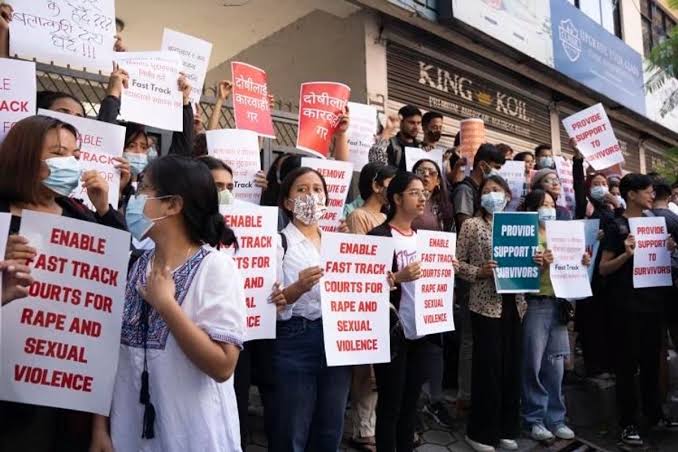Women’s Movements in South Asian Countries - A 🧵
Movements of women's rights in #SouthAsia can be traced on junctures of striving for justice in social issues & handling external (often post-colonial) influences.
1/6
Movements of women's rights in #SouthAsia can be traced on junctures of striving for justice in social issues & handling external (often post-colonial) influences.
1/6

In #India, it was 1980 when the Mathura rape case propelled an anti-rape feminist-led movement that remains the biggest wave till today.
But the current wave spreads beyond protection against sexual violence, to economic rights and has taken up significant digital space.
2/6
But the current wave spreads beyond protection against sexual violence, to economic rights and has taken up significant digital space.
2/6

In #Pakistan, Women Action Forum (WAF) remained the face of women’s movement through 1980s & beyond.
A fresh start came about in 2018 when yearly demonstration called ‘Aurat March’ surfaced. Its momentum has equally met with backlash from different segments of society.
3/6
A fresh start came about in 2018 when yearly demonstration called ‘Aurat March’ surfaced. Its momentum has equally met with backlash from different segments of society.
3/6

#SriLankan women enjoyed voting rights since 1931. Agnes De Silva was the prominent activist behind winning suffrage rights.
In 1940s & 50s, liberal middle-class women’s groups were actively campaigning, while 1980s saw ‘Women for Peace’ collective against civil war.
4/6
In 1940s & 50s, liberal middle-class women’s groups were actively campaigning, while 1980s saw ‘Women for Peace’ collective against civil war.
4/6

In #Bangladesh, the movement largely centered around urban, professional, middle-class women in 1970s & 80s.
Later, growth of donors & NGOs led it in a different direction. The movement also faces conservative backlash such as the one by Hefazat-e-Islam.
5/6
Later, growth of donors & NGOs led it in a different direction. The movement also faces conservative backlash such as the one by Hefazat-e-Islam.
5/6

In #Nepal, a prominent women's rights collective was Nepal Woman Association, under the leadership of Mangala Devi Singh.
Polygamy was outlawed & right to divorce won as a result of women's rights activism.
6/6 End
Polygamy was outlawed & right to divorce won as a result of women's rights activism.
6/6 End

• • •
Missing some Tweet in this thread? You can try to
force a refresh





















